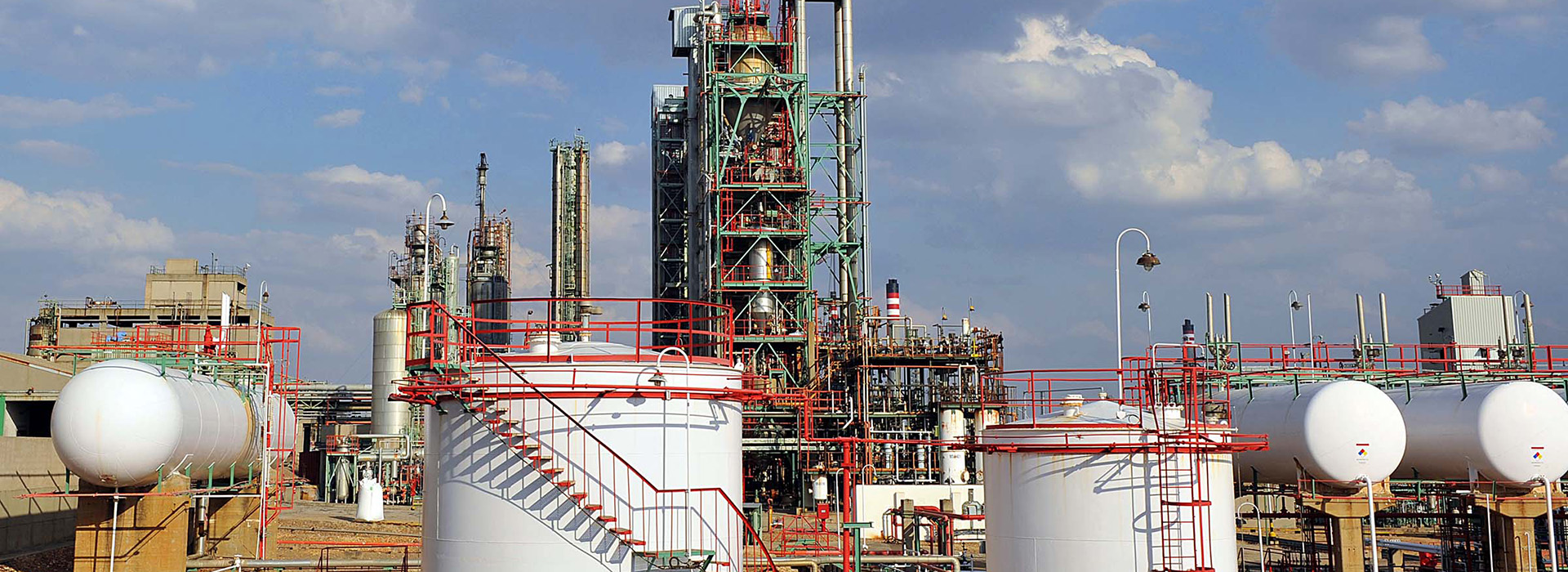Salvador Pérez Asturiano: Safety through a different lens
With an eye on fresh thinking, Salvador Perez Asturiano, Manager of Technical Coordination and Safety Culture for Repsol in Spain uses his years of experience to unpick what leadership means in today’s safety landscape and how measuring safety success needs a new approach.


Salvador Perez Asturiano
Manager of Technical Coordination and Safety Culture, Repsol
We often think of safety progress in terms of improvements that have been made through increasing the robustness of processes and implementing training programmes. This is a good and necessary approach to raise standards of safety. But the race to zero incidents can also be a double-edged sword - it provides a necessary target to work towards but the closer you get to zero incidents, maintaining traction to further improve becomes much more difficult. It also becomes counterproductive when there is a mindset that safety targets have almost been achieved. We should always have in mind that safety is something that needs to continually improve in line with new challenges we may face.
A different approach to measuring safety performance
Safety performance is one of the few business indicators we expect to see decrease, whereas when we look at the financials, sales, or customer service our work ethos is more geared to pushing figures up. With safety, however, we continue to focus on the frequency rate, an indicator that can only worsen throughout the year and may deter organisations from reporting. Furthermore, it’s an approach that lacks the sensitivity needed to measure the success of safety programmes accurately in today’s working environment. The alternatives are not as easy, but we need to explore ways to measure safety that give us more in-depth and useful indicators to work with.
Creating an enabling environment
While improvements in leadership skills have been made, the default is often one of supervision and control. We need to continue to migrate leadership to one of participation, involvement and guiding the workforce collectively.
In every cultural change process we often hear that “the culture of an organisation is a very difficult thing to change.” It’s probably true, but it generates a negative and resigned mood. It is better to see it from a much more positive perspective: assuming that culture is continuously evolving, and leaders can make it move in the right direction with their actions.
For example, large transatlantic vessels have a huge turbine to power them forward. The trade-off of such power is difficulty in making subtle adjustments when required. That’s why these ships have a smaller, auxiliary turbine that generates a light stream to facilitate a more agile response when required. It is a perfect metaphor for culture and leadership. Leaders have a responsibility to create the enabling environment for proper behaviours to develop.